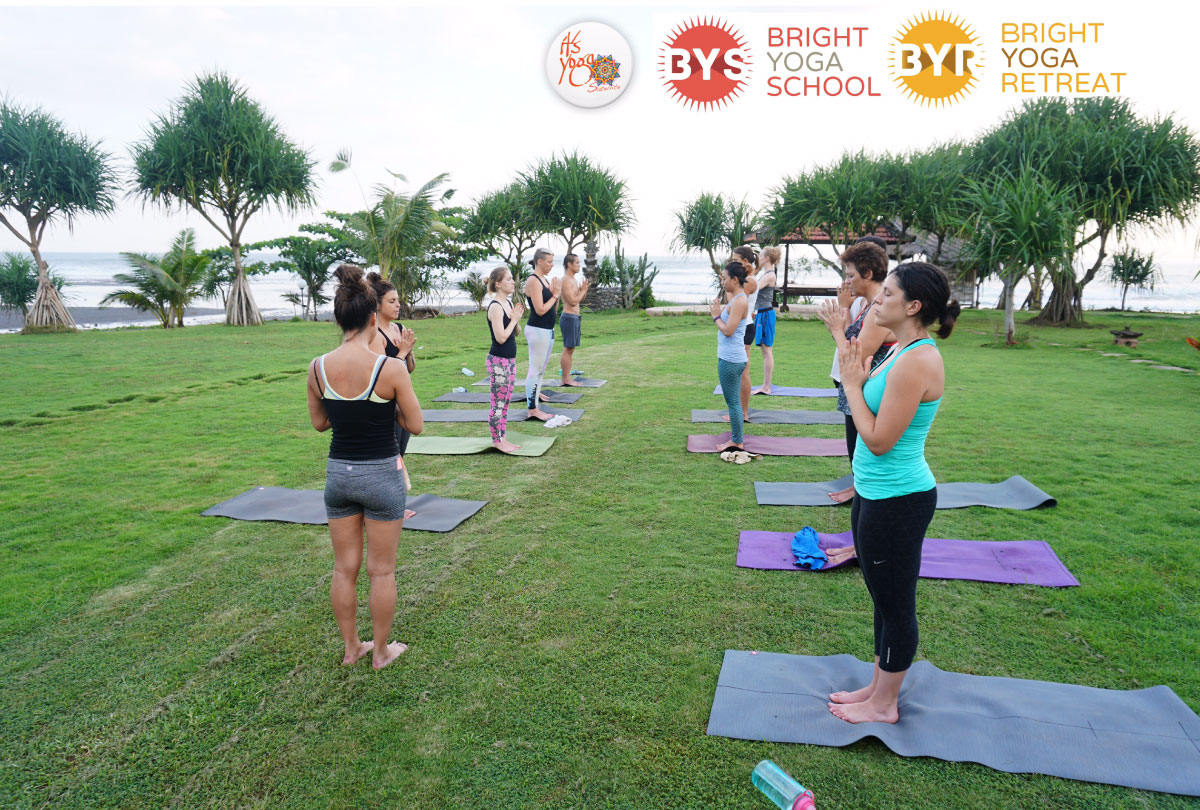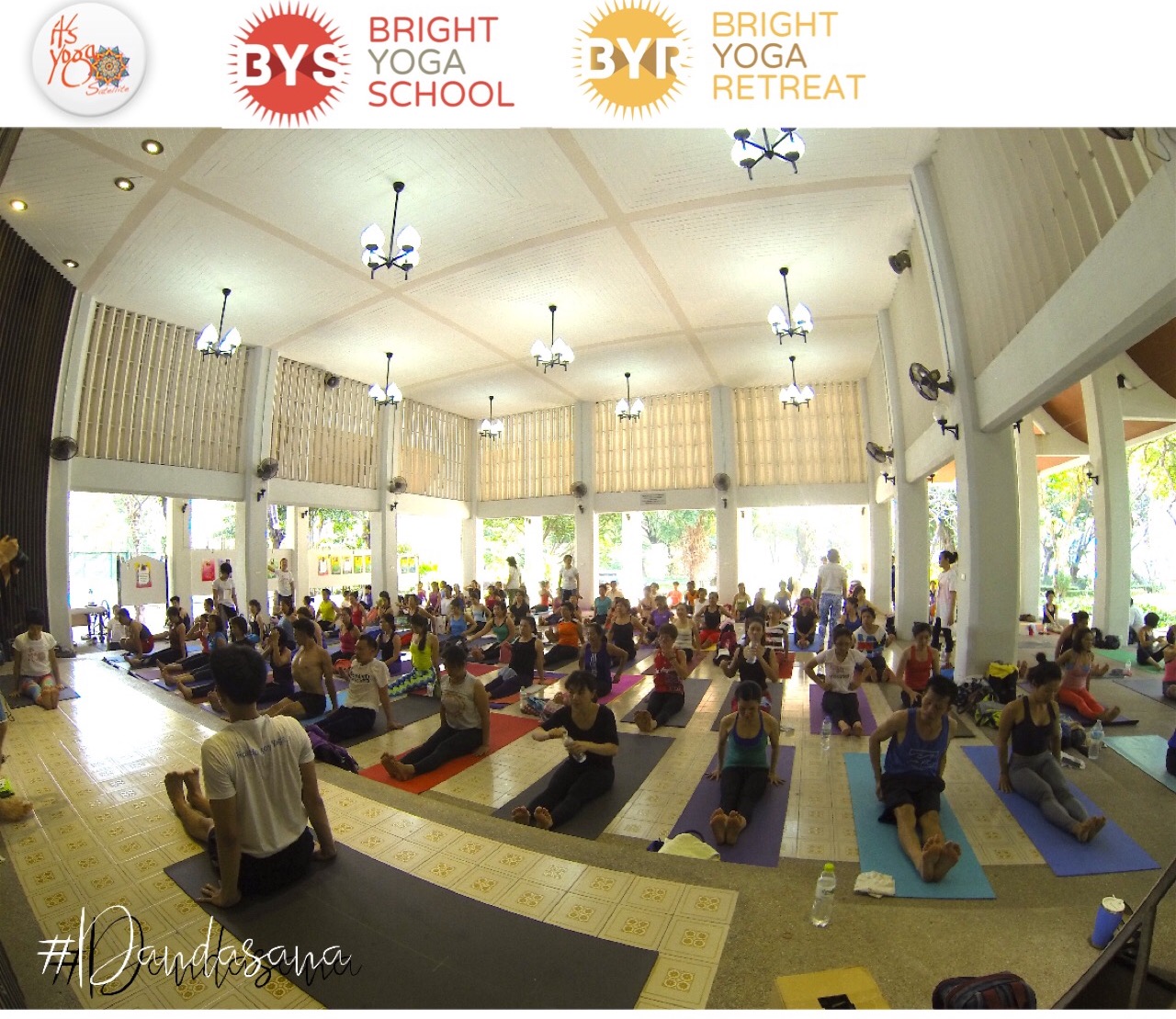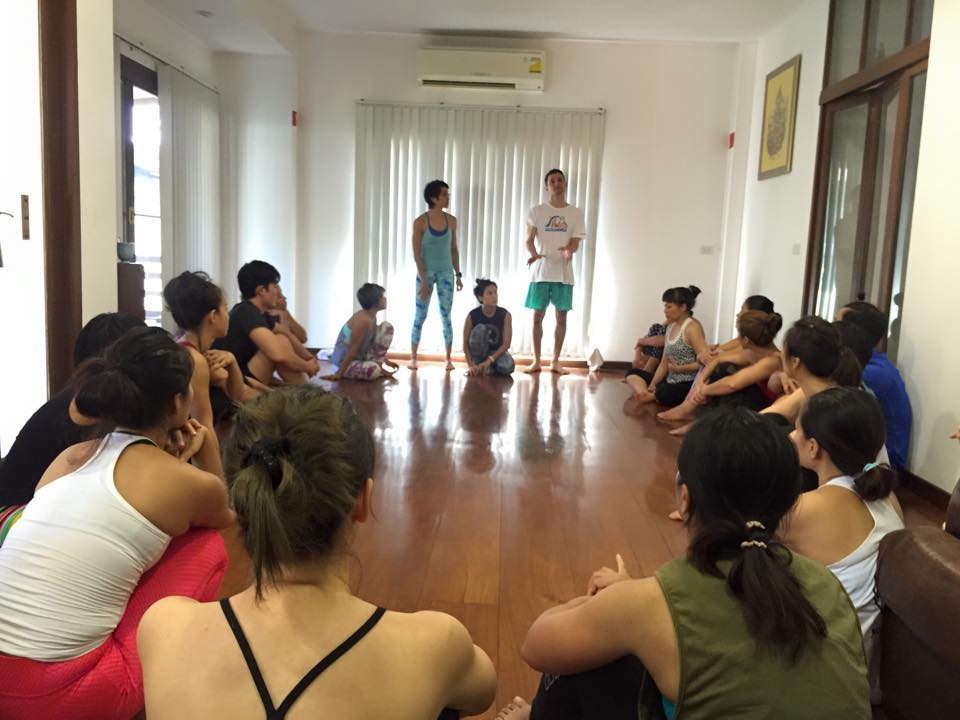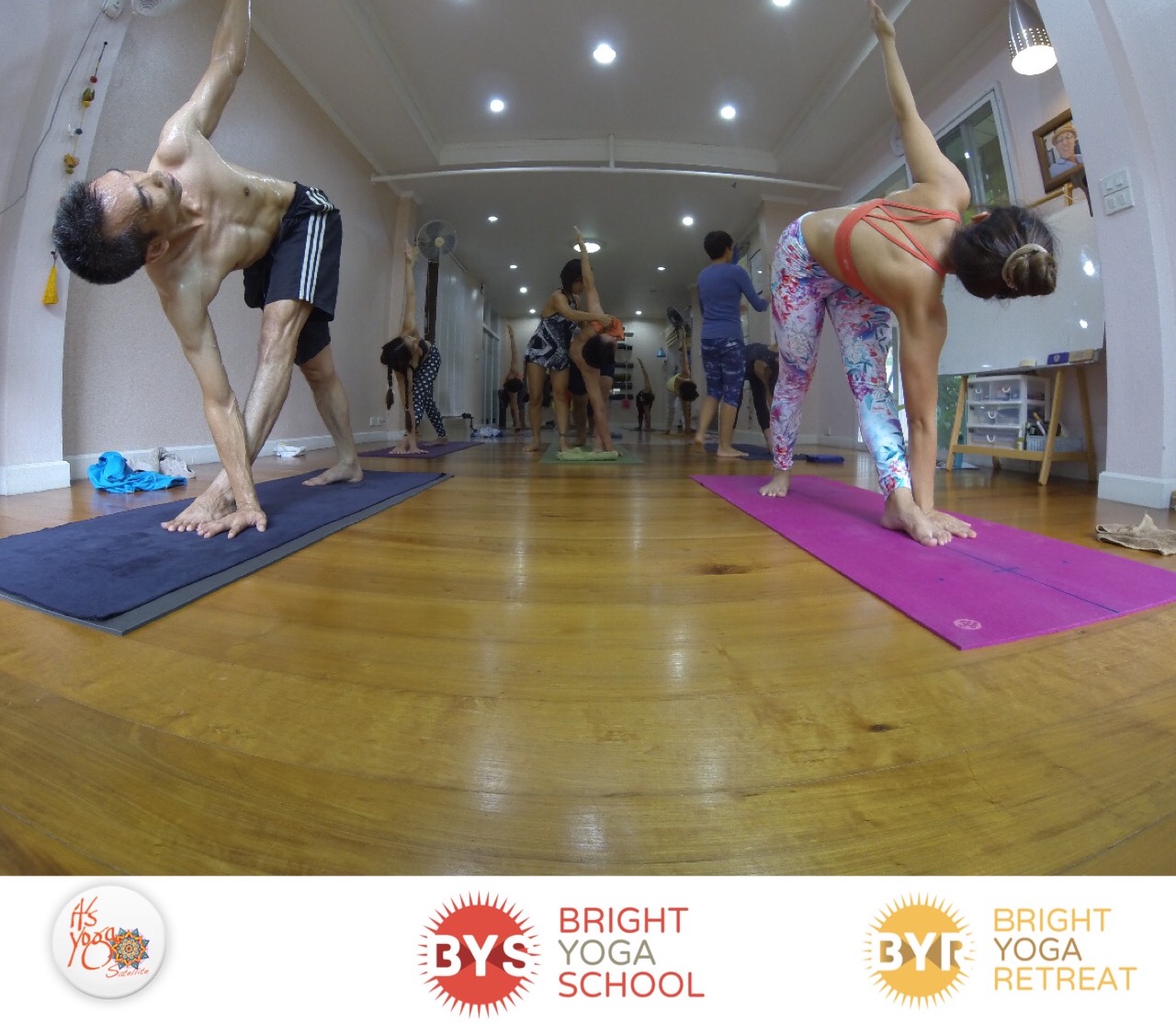The It’s Yoga System, which was designed by Larry Schultz, has produced thousands of high quality yoga teachers all around the world since 1989. It’s Yoga’s mission is “to share the love of the practice,” and, as Larry Schultz used to say, “teach what you practice, and practice what you teach.” More than memorizing a script, we, at It’s Yoga Satellite, encourage our students to teach from their own experience and understanding of the practice as we guide them into understanding the true meaning and message behind the practice of yoga. How Larry taught according to his personal experience and understanding of yoga into his teaching is what made his style of teaching truly unique.
After studying under the guidance of Pattabhi Jois for seven years, Larry began to teach yoga to western students, and he soon realised that most of the postures (most especially the deep hip openers) in the Ashtanga Vinyasa Primary Series were not accessible to most of his students. Having prior experience in the Intermediate Series and some postures in the Advanced Series, he created the Rocket Yoga routines with the intention of giving his students an opportunity to experience the benefits of the practice in a deeper level by opening their bodies in a faster way.
Our system offers a full week schedule of practice, each day a different routine that works on different parts of the body, promoting a sense of harmony within the body and mind. The schedule is sequenced in such a way that the routines each day will help you to build up the foundation for the following day. Each week, we end with a Rocket 3practice, which Larry used to call “BBQ Rocket,” and this helps to recharge the entire body as it allows you to move, bend, and twist into many different directions by using every single muscle of your body.
Here is the It’s Yoga weekly schedule, which we encourage our students to follow as they do their daily self practice:
Sunday – Ashtanga Vinyasa Yoga Full Primary Series
Monday – Rocket 1
Tuesday– Rocket 2
Wednesday – Rocket 2 (Modified)
Thursday – Ashtanga Vinyasa Yoga Full Primary Series
Friday – Rocket 3
Saturday – (day off)
During our 200-hour and 100-hour courses, you will have the chance to experience the benefits of two strong traditions – Ashtanga Vinyasa Yoga and Rocket Vinyasa Yoga. Countless of practitioners who have trained with us have perceived the numerous benefits of these two yoga systems, all of them noticing a huge improvement in their own body and mind, even after just 22 or 10 days of practicing with us. We offer well-rounded teacher training courses that have a great balance between Asana practice, Anatomy, Yoga Philosophy, practice teaching, and so much more.
Here are some feedback we have received from some students that have attended our Teacher Training courses this year:
““These past 3 weeks really made a huge impact on me and helped to map out so many things and bring different ideas together. One of the most eye-opening messages for me was explanation of Karma and that nothing is about being good or bad; it’s just every action has consequences, and if something is not complete, you will get situations that will bring you back to work on whatever is not complete. It made me realize that we shouldn’t judge other people in any circumstances because everyone is going through their own journey.
I am aware that I am at the very beginning of this journey, and I look forward so much of what else it will bring me. And I am incredibly grateful to you, Joy and Ricardo, for all the beautiful knowledge and energy that you shared with us these three weeks. Namaste :)”” – Kseniina Lobanova
““Along with many corrections, memorizing the sequence front to end, and end to front, learning new techniques, my biggest and most special lessons came from those moments where Joy and Ricardo spoke about their philosophy and own experience with the practice, and how it can be a path to own spirituality. Yoga went from being this fun practice to a deeper philosophical and spiritual path. The lessons on self-awareness, Buddhism, the origins of yoga, among many others, brought a whole new dimension to my love for this practice.
Thank you Joy and Ricardo, my gratitude for your lessons go beyond what my words can express. I felt so much support from your energy, I felt you both cared deeply and were there to help me overcome physical and mental barriers. I feel so lucky to be able to call you both my teachers.”” – Ludmila Pontremolez
Take the next step in your yoga journey with wisdom, train with us and gain a deeper knowledge on the practice, wider your perspective about the practice, theory and philosophy behind this system




